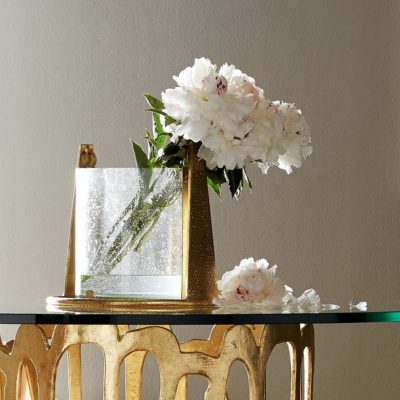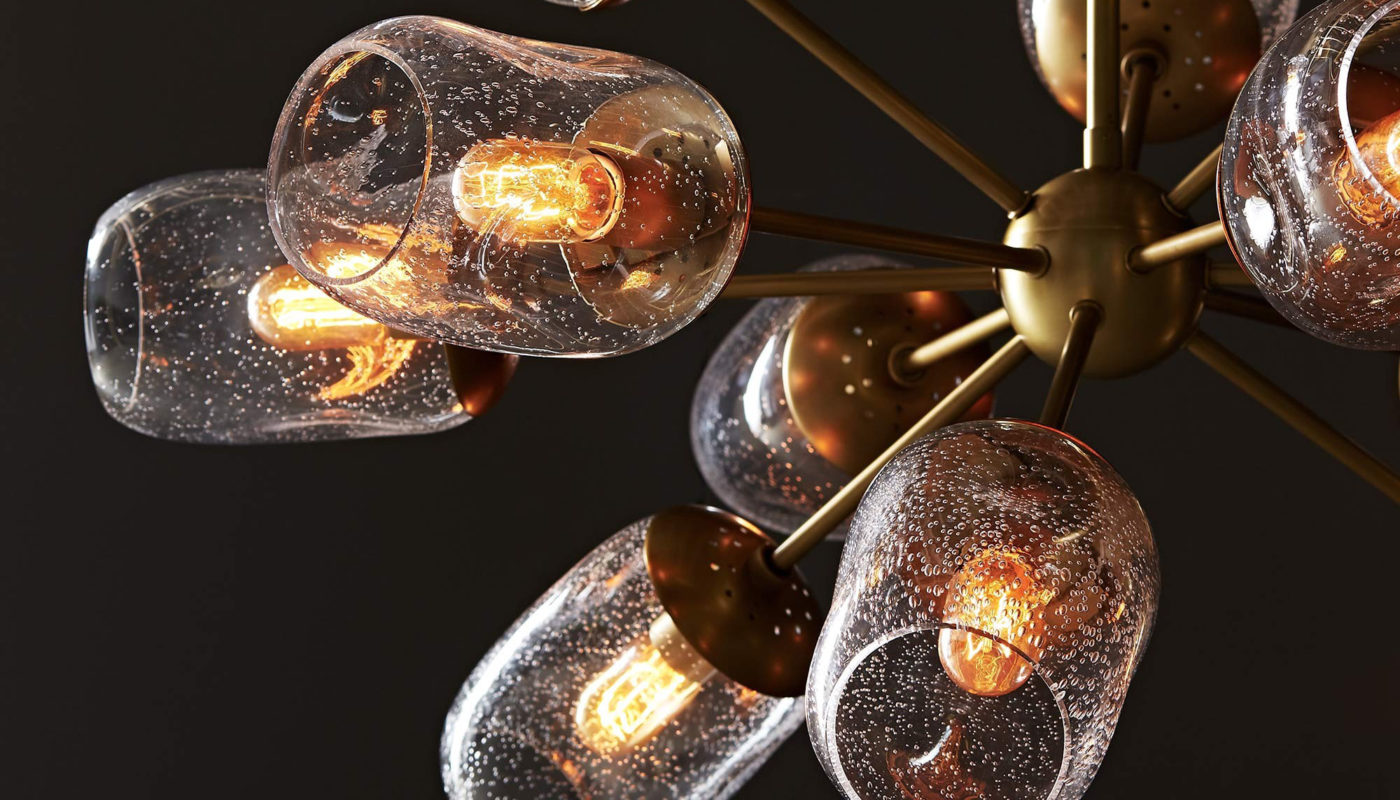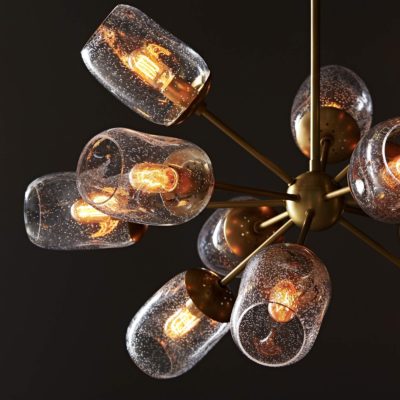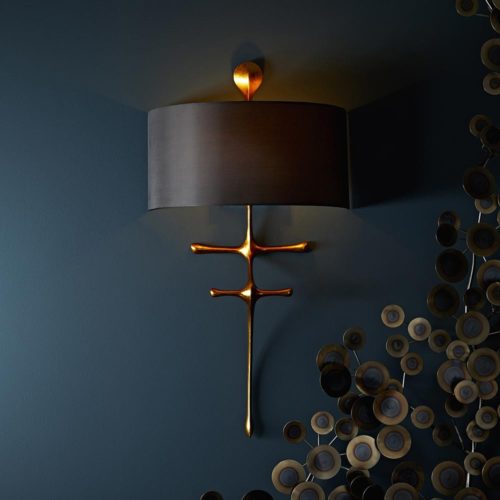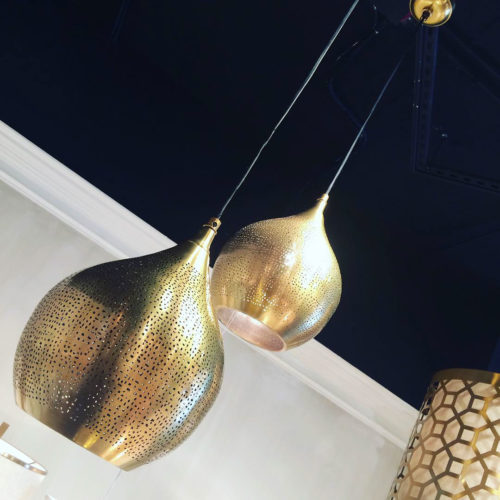A well-balanced lighting scheme is made up of three key lighting types: a flattering general light, task lighting that performs a functional purpose, and feature lighting that can put displayed objects in the spotlight. It is the use of a variety of lighting sources at different intensities that gives a home define character. The quality of lighting we live in affects our well being. It is scientifically proven that we learn quicker and work better in warm lighting and relaxing better with dim lighting. All of these are consideration points to the importance of home lighting.
Today’s home interiors are not only a thoughtful combination of architectural forms and decorative elements, but lighting has become an integral part of home design. Home lighting plays a very significant role in the overall look and feel of the home. With the help of lighting fixtures, we can accent different areas, define functional spaces, and visually improve the flow of the living space.
With different lighting, the same room can drastically change the appearance. Some professionals can base a whole interior design on lighting alone. There are endless possibilities of incorporating lighting fixtures into the home interiors, and interior designers are always coming up with innovative solutions, transforming rooms using lighting. For example, using paintable wall lighting fixtures that direct light upwards, you can add a soft ambiance to a room. You can also customize the look of this type of fixtures to meet your decorating needs by painting or faux finishing them.
Another example of popular lighting effects used by interior designers is a ceiling highlight. They are using specially designed crown molding for indirect lighting where light concealed inside the molding diffusing light upwards. This type of illumination not only create a beautiful effect but visual lifts up the ceiling, making it appear higher.
Lighting should be flexible. Take into account the various activities that will take place in a room: reading, game playing, TV watching, sewing, conversation, cocktail sipping. Think about your personal visual comfort. Overhead illumination may provide minimum level lighting requirements and general lighting distribution.
Decorative lighting can meet specific lighting needs-over a chair or in a nook-independent of overall needs. Decorative lighting can also impart an atmospheric effect. It is unnecessary to turn on all the lamps in a room at one time.




